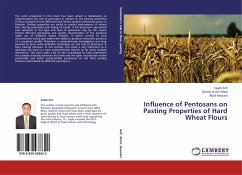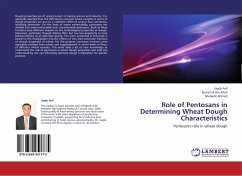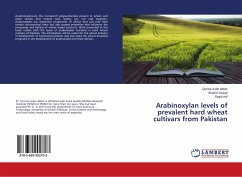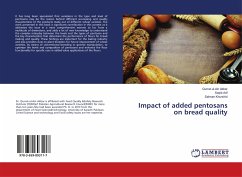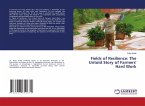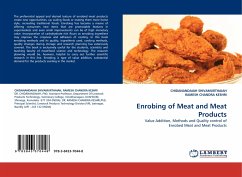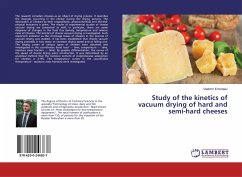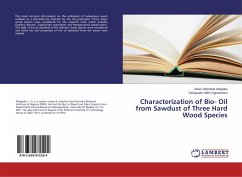The work presented in this book has been aimed at developing an understanding the role of pentosans in relation to the pasting properties of flours prepared from different hard wheat varieties commonly grown in Pakistan. Pasting properties are useful to predict performance of wheat flour during processing and staling of bread. It has long been speculated that variations in the type and level of pentosans may be the reason behind different processing and quality characteristics of the products made out of different wheat varieties. A better control of such characteristics would give bakers the ability to produce innovative products of a consistent quality. Therefore, a comprehensive investigation was long awaited to draw some definitive conclusions on the role of pentosans in flour pasting behavior. In this context, this study is very important as it addresses the issue in a most comprehensive manner so far using multiple dimensions. This work adds a lot of new knowledge to help understand the complex interplay between the levels and the types of pentosan (water extractable and water unextractable pentosans) on the flour pasting behavior determined by different parameters.
Bitte wählen Sie Ihr Anliegen aus.
Rechnungen
Retourenschein anfordern
Bestellstatus
Storno

